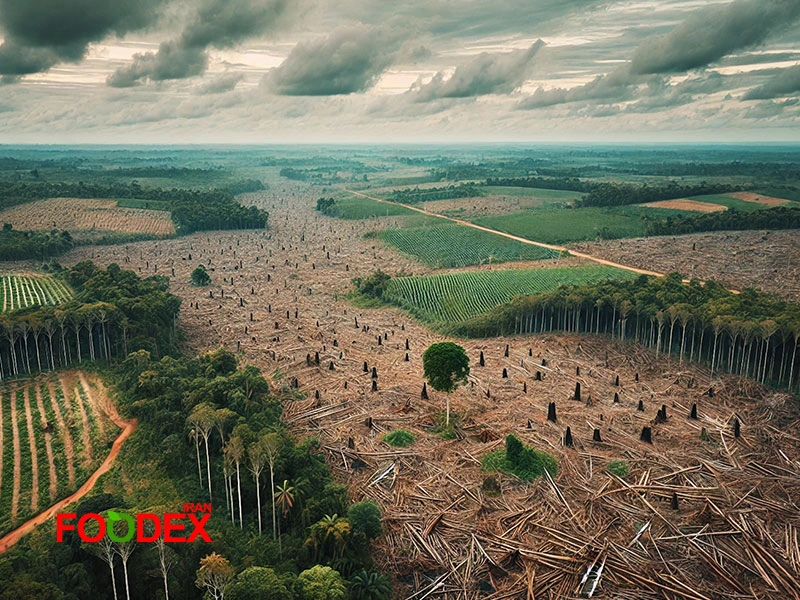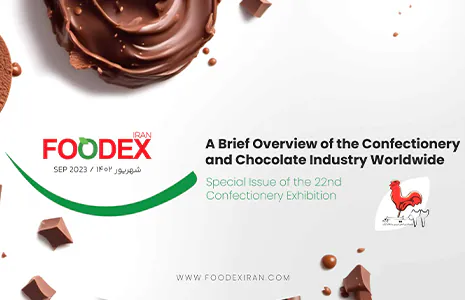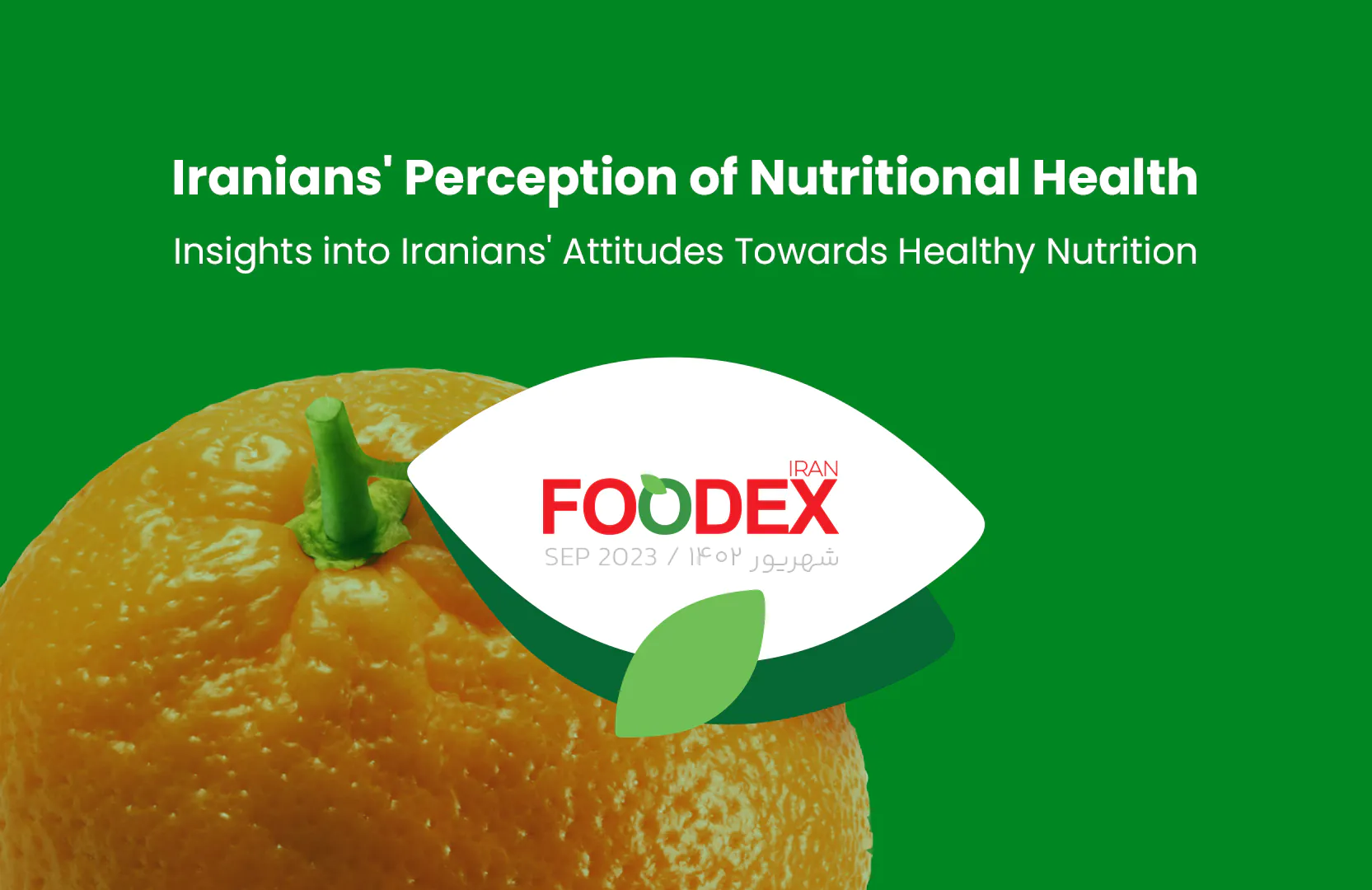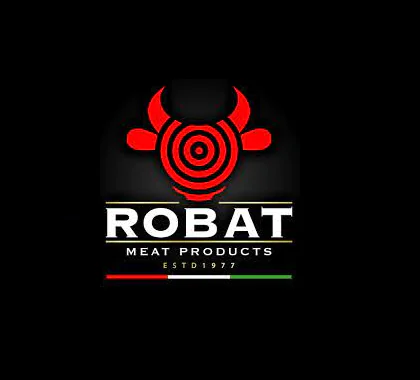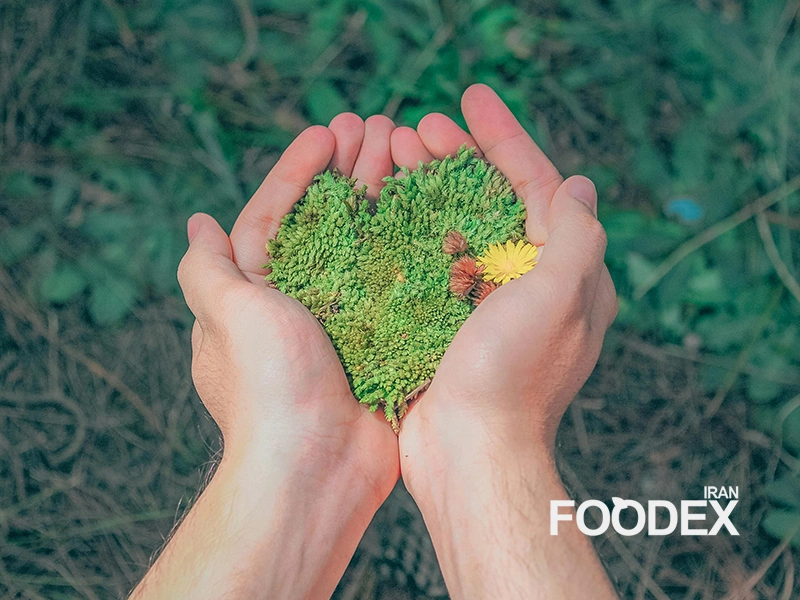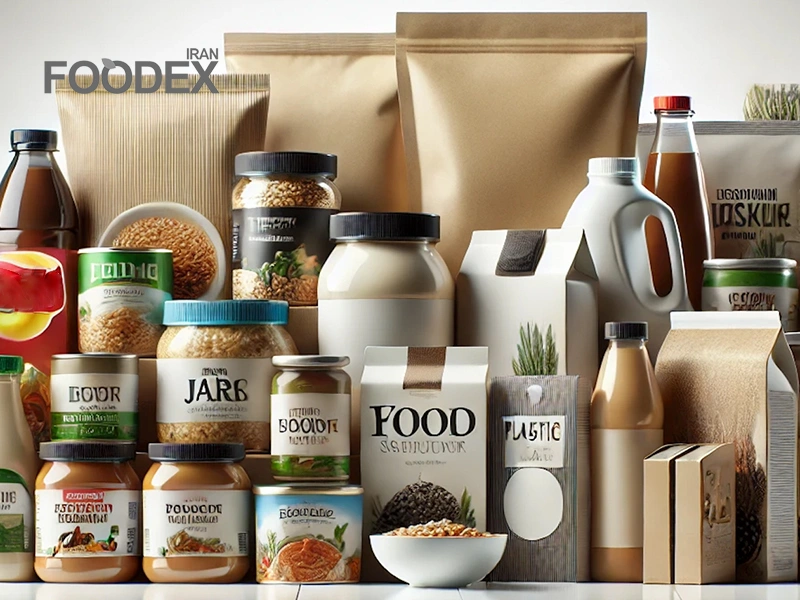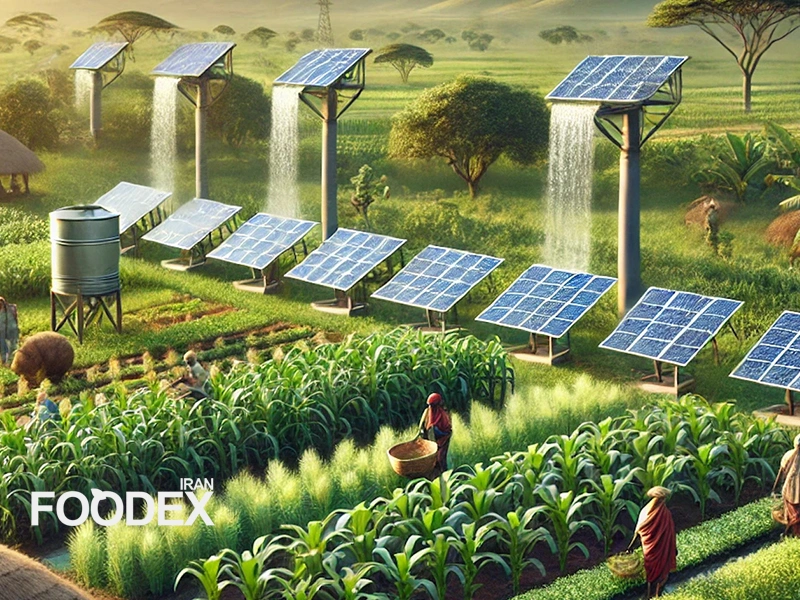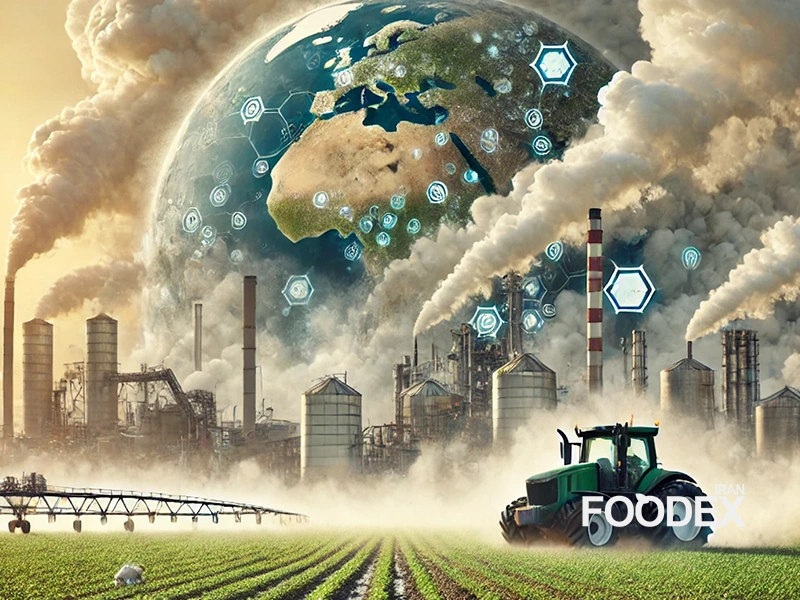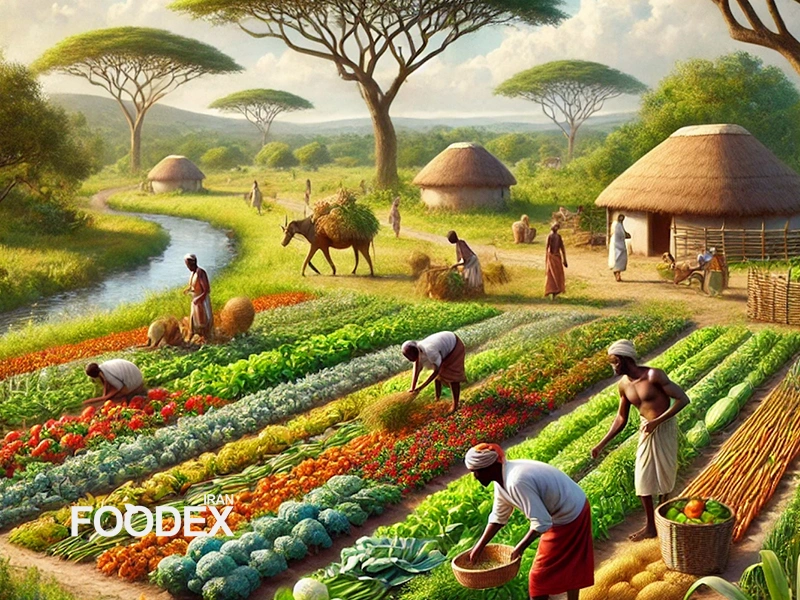A sustainable food system is one that provides healthy food to people without harming the environment. It also helps the economy by giving fair wages to farmers and workers and benefits society by ensuring everyone has access to sufficient and affordable food. Biodiversity, or the variety of animal, plant, and microorganism species on Earth, is one of the fundamental pillars of environmental sustainability and the protection of natural cycles. But unfortunately, global biodiversity is declining at an alarming rate, and indeed one major factor behind this loss is our global food systems. The way we produce, the way we process, and consume food is damaging on natural habitats in a serious way, leading to deforestation, land-use changes, and pollution. Recent researches that have been done in recent decades about this topic, explains that global food systems are responsible for a percentage up to 60-70% of biodiversity loss.
In this article, Foodex we’ll explore how the food industry puts biodiversity in danger and what can be done to minimize these effects.
The connection Between Food Systems and Biodiversity Loss
How Food Systems Contribute to Biodiversity Decline?
Global food production involves complex systems in all the process, from farm to fork. Unfortunately, these mentioned systems, as they currently function, put pressure on ecosystems. Deforestation, excessive use of fertilizers and pesticides, habitat destruction, and overfishing are just a few of the ways that food production harms biodiversity so bad.
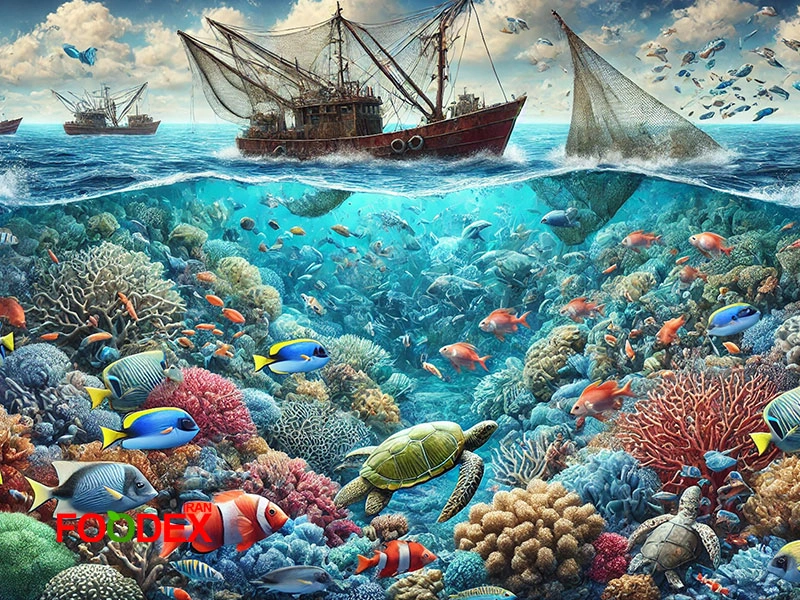
Let’s break down the major contributors:
1. Agricultural Expansion and Habitat Destruction
One of the biggest threats to biodiversity that must be pointed here, is the conversion of natural habitats into agricultural lands. Farms and plantations replace forests, grasslands, and wetlands which is the leading cause of the loss of countless plant and various animal species. Roughly 80% of tropical deforestation over the past few decades is the reason of agricultural expansion, particularly for crops like soy, palm oil, and cattle grazing.
2. Overuse of Fertilizers and Pesticides
Modern agriculture, relies heavily on using synthetic fertilizers and chemical pesticides. On one hand these boost crop yields but on the other hand they degrade soil quality, pollute water sources, and threaten wildlife and puts them in a danger that needs to be fixed. Nitrogen fertilizers, for example, alter nutrient cycles, making ecosystems less resilient and causing certain species to die and finally extinct.
3. Disrupting Natural Ecosystems
Food production effects natural ecosystems by changing water, carbon, and nutrient cycles. For example, industrial farming, weakens the soil’s ability to keep water and other types of nutrients, causing droughts and soil erosion both of which further leads to more biodiversity loss.
4. Livestock Farming and Grassland Degradation
Livestock farming has a great ecological impact. The expansion of grazing lands and the need for feed crops lead to habitat destruction. Livestock also omit methane that is a potent greenhouse gas into the atmosphere, making the climate change faster and causing its related to impacts on biodiversity.
5. Overfishing and Ecosystem Destruction
In fact, overfishing is driving the major reason of fish populations destruction and damaging marine ecosystems. Overexploitation of marine species intervene the balance of ocean ecosystems and threatens species that depend on them. Coral reefs, kelp forests, and other marine habitats are also being so badly damaged by implementing unsustainable fishing.
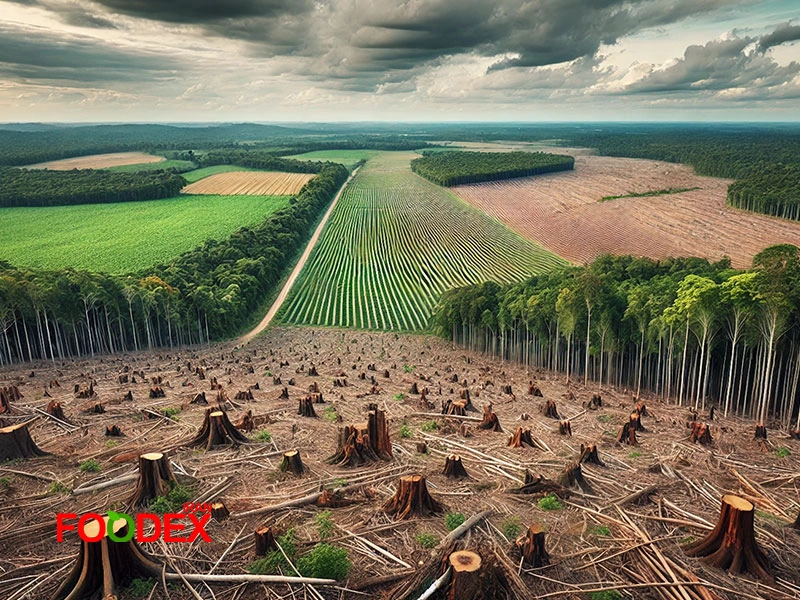
Sustainable Solutions to Mitigate Biodiversity Loss
While global food systems are the reason of a great part of biodiversity loss on our planet, there are solutions to lessen these impacts. Here are some steps:
1. Usage of Sustainable Farming Instructions
Sustainable farming is a key solution for protecting biodiversity. Techniques like organic farming, reduced pesticide use, and crop diversification help preserve ecosystems. Practices like agroforestry planting trees among crops can restore habitats and improve soil health. Organic farming, which destroys the use of synthetic chemicals, also helps protect biodiversity by reducing soil and water pollution.
2. Conserving and Restoring Natural Habitats
Protecting existing habitats and restoring degraded ones are critical to biodiversity conservation. Governments and international organizations can play a big role by enacting stricter policies to safeguard forests, wetlands, and marine ecosystems. Protecting crucial areas and creating wildlife corridors can help species thrive in their natural habitats.
3. Sustainable Water and Soil Management
Efficient use of water and soil is essential for maintaining biodiversity. Techniques like drip irrigation and rainwater harvesting can reduce water waste, while practices like crop rotation and organic composting improve soil health. Healthy soil supports a diverse range of organisms, from plants to microbes, contributing to more resilient ecosystems.
4. Reducing Meat and Animal Product Consumption
Reducing the global demand for meat, especially beef and lamb can significantly decrease the pressure on ecosystems. Shifting towards plant-based diets helps reduce the demand for land and resources, and in turn, protects natural habitats. Studies show that even small reductions in meat consumption can have a positive impact on the environment.
5. Raising Public Awareness
Public education is a powerful tool in fighting biodiversity loss. Consumers can make more informed choices by understanding the impact of their food consumption. Encouraging the adoption of sustainable diets, supporting local and organic food production, and reducing food waste can all help reduce the pressure on ecosystems.
Conclusion
Global food systems play a significant role in biodiversity loss, with much of the world’s ecosystem degradation tied directly to how we produce and consume food. However, by adopting more sustainable agricultural practices, restoring natural habitats, managing water and soil resources efficiently, and shifting towards plant-based diets, we can minimize our impact. Protecting biodiversity is not just about saving species it’s about securing the health of our planet and future generations.
FAQ
1- What is a sustainable food system and how does it affect biodiversity?
A sustainable food system provides healthy food without harming the environment, helping to preserve biodiversity by minimizing habitat destruction.
2- What are the main factors contributing to biodiversity loss related to food systems?
Expansion of agriculture, overuse of fertilizers and pesticides, habitat destruction, excessive livestock farming, and overfishing are key factors.
3- What solutions exist to reduce the negative impacts of food systems on biodiversity?
Implementing sustainable agriculture, preserving and restoring natural habitats, managing water and soil resources, reducing meat consumption, and increasing public awareness.
References
FAO (Food and Agriculture Organization) – Reports on agriculture’s impact on biodiversity.
IPBES (Intergovernmental Science-Policy Platform on Biodiversity and Ecosystem Services) – Assessments on global biodiversity loss.
WWF (World Wildlife Fund) – Resources on biodiversity and sustainable food systems.
IPCC (Intergovernmental Panel on Climate Change) – Reports on climate change and its effects on ecosystems.
Articles and studies from leading academic journals on biodiversity and sustainable agriculture.
Ehsan Allahverdi
Executive Manager of Foodex Iran
Marketing Consultant for Leading Food & Beverage Brands
website | linkedin

